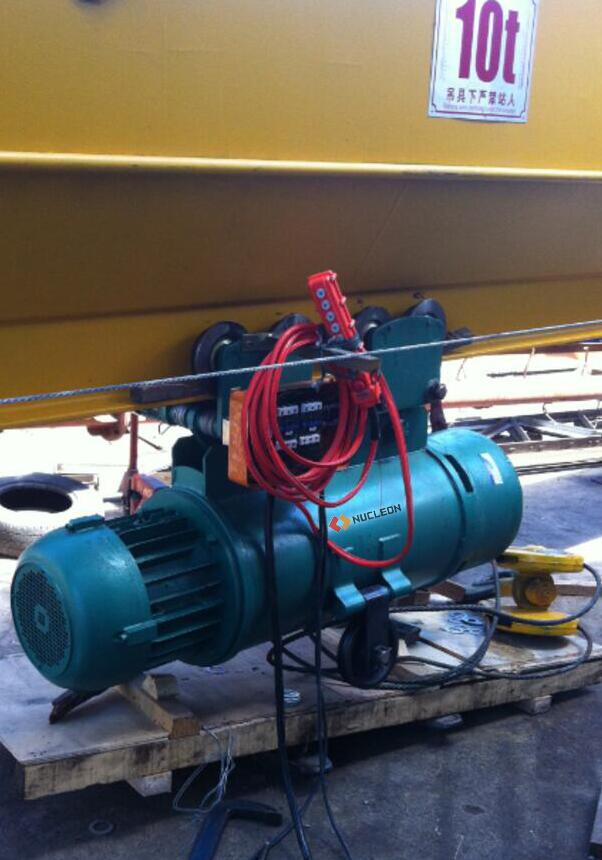electric hoist operation
Analysis and elimination of abnormal sound fault in electric hoist operation

Many faults of electric hoist, such as electrical appliances, motor or reducer fault appeared, often accompanied by abnormal noise, the noise and the height and position of sound with the fault reasons vary, maintenance, to hear and see more, You can use or according to the characteristics of the fault sound to determine the location of the sound, find and repair the fault.
(1) abnormal noise occurs in the control circuit, issued a “hum” noise, the contactor is generally a fault (such as contactor contact failure, voltage level does not match, the core card, etc.), response to fault contact Equipment for maintenance, can not be repaired must be replaced, after treatment, the noise to eliminate their own.
(2) the motor is abnormal noise, should immediately stop, check the motor is single-phase operation, or bearing damage, the coupling axis is not correct and “sweep chamber” and other failures, which will make the motor abnormal sound, different fault sound position And the high and low tone and different sound, single-phase operation, the entire motor issued a regular suddenly strong and weak “buzzing” sound; and bearing damage, will be near the bearing, issued with “slightly deng – slightly deng” Sound; and the coupling axis is not correct, or the motor slightly swept the chamber, the entire motor issued a very high “buzzing” sound, and sometimes accompanied by sharp harsh sound. In short, should be based on the noise of different, find fault, one by one overhaul to restore the normal performance of the motor, when the motor failure is not handled, the use of gourd is prohibited.
(3) abnormal noise emitted from the reducer, reducer failure (such as gearbox or bearing lack of lubricants, gear wear or damage, bearing damage, etc.), then should stop checking, first determine the reducer gear box or bearing Whether the use of lubricants before use, the use of regular replacement of lubricating oil, if not lubricated as required, the reducer will not only produce too high “buzzing” sound, but also excessive wear or damage to gears and bearings.
